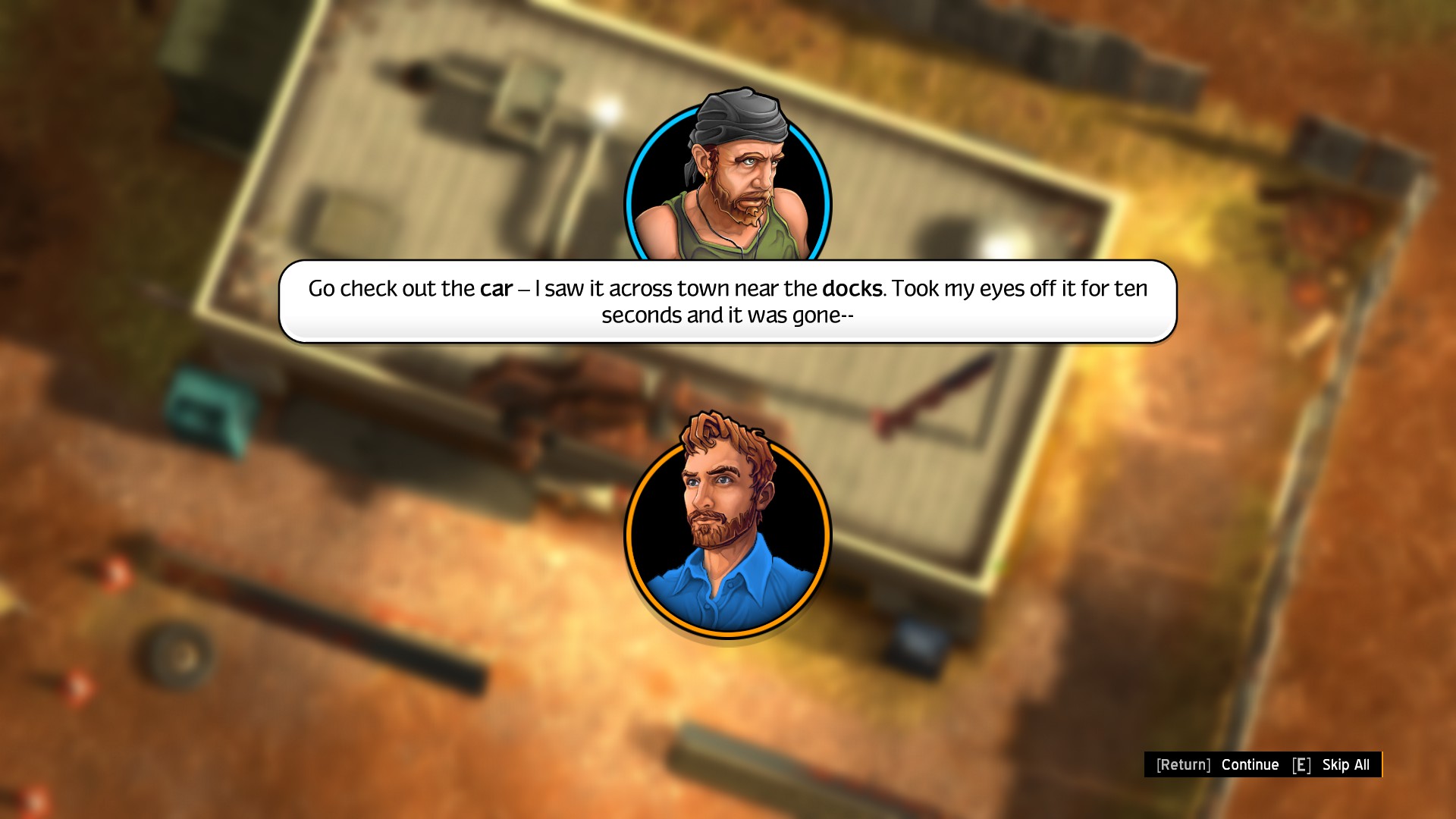Multiplayer Server Capacity: Can It Handle Crowds?
Introduction
Multiplayer gaming has evolved significantly over the years, with massive online titles like Fortnite, Call of Duty: Warzone, and World of Warcraft attracting millions of concurrent players. However, as player bases grow, so do the challenges of maintaining stable server performance. The key question is: Can multiplayer server capacity truly handle large crowds without compromising gameplay quality?
This article explores the technical aspects of multiplayer server capacity, common bottlenecks, and solutions developers employ to ensure smooth gameplay even during peak demand.
Understanding Multiplayer Server Capacity
Server capacity refers to the maximum number of players a game server can support simultaneously while maintaining acceptable performance (low latency, minimal lag, and no crashes). Several factors influence server capacity:

1. Server Architecture
- Dedicated Servers vs. Peer-to-Peer (P2P):
- Dedicated servers (hosted by the developer) provide better stability but require significant infrastructure.
- P2P relies on players' connections, reducing costs but increasing latency and instability.
- Cloud-Based vs. Physical Servers:
- Cloud servers (AWS, Google Cloud, Azure) allow dynamic scaling but may introduce latency.
- Physical servers offer better control but lack flexibility in handling sudden traffic spikes.
2. Network Bandwidth & Latency
- High player counts increase data transfer demands.
- Lag spikes occur when bandwidth is insufficient or when players are geographically distant from servers.
3. Game Design & Optimization
- Some games (e.g., MMOs) require persistent worlds, demanding more server resources.
- Others (e.g., battle royales) use instanced matches, reducing strain but requiring fast matchmaking.
Challenges in Handling Large Crowds
1. Server Overload & Crashes
- Example: Diablo IV launch (2023) suffered from long queues due to underestimated demand.
- Cause: Sudden player influx overwhelms unprepared servers.
2. Latency & Desynchronization
- High player density increases packet loss and rubberbanding (players appearing to teleport).
- Solution: Regional server distribution reduces ping but increases costs.
3. Cheating & Security Risks
- More players mean more hacking attempts (DDoS attacks, botting).
- Mitigation: Anti-cheat systems (Easy Anti-Cheat, BattlEye) and server-side validation.
Solutions for Scaling Server Capacity
1. Dynamic Server Scaling
- Cloud-based auto-scaling (AWS Elastic Load Balancing) adjusts server count based on demand.
- Example: Fortnite uses AWS to handle 10M+ concurrent players.
2. Sharding & Instancing
- Sharding: Splits players into separate server instances (e.g., World of Warcraft realms).
- Instancing: Creates temporary matches (e.g., Apex Legends’ 60-player lobbies).
3. Predictive Load Balancing
- AI-driven traffic forecasting helps pre-allocate resources before peak times.
4. Edge Computing & CDNs
- Content Delivery Networks (CDNs) reduce latency by caching data closer to players.
Case Studies: Successes & Failures
✅ Success: Fortnite
- Uses AWS for seamless scaling, handling record-breaking events (e.g., Travis Scott concert with 12M+ live players).
❌ Failure: Cyberpunk 2077 Online Launch
- Poor server optimization led to crashes and bugs, forcing refunds.
Future of Multiplayer Server Technology
- AI-Optimized Servers: Machine learning predicts player behavior for better resource allocation.
- 5G & Reduced Latency: Faster connections enable smoother large-scale multiplayer.
- Blockchain & Decentralized Servers: Could reduce reliance on centralized hosting.
Conclusion
While modern multiplayer servers have made great strides in handling crowds, challenges remain. Developers must balance cost, performance, and scalability to ensure seamless gameplay. With advancements in cloud computing, AI, and networking, the future looks promising—but only if infrastructure keeps pace with player demand.
Key Takeaways:
✔ Server architecture (dedicated vs. P2P) impacts stability.
✔ Dynamic scaling (cloud-based solutions) is essential for peak loads.
✔ Latency & cheating remain critical hurdles.
✔ Future tech (AI, 5G, blockchain) could revolutionize multiplayer hosting.
By addressing these challenges, game developers can ensure that servers not only handle crowds but thrive under them.
Tags: #MultiplayerGaming #ServerCapacity #CloudGaming #GameDevelopment #OnlineGaming #Latency #Fortnite #AWS #Scaling


















